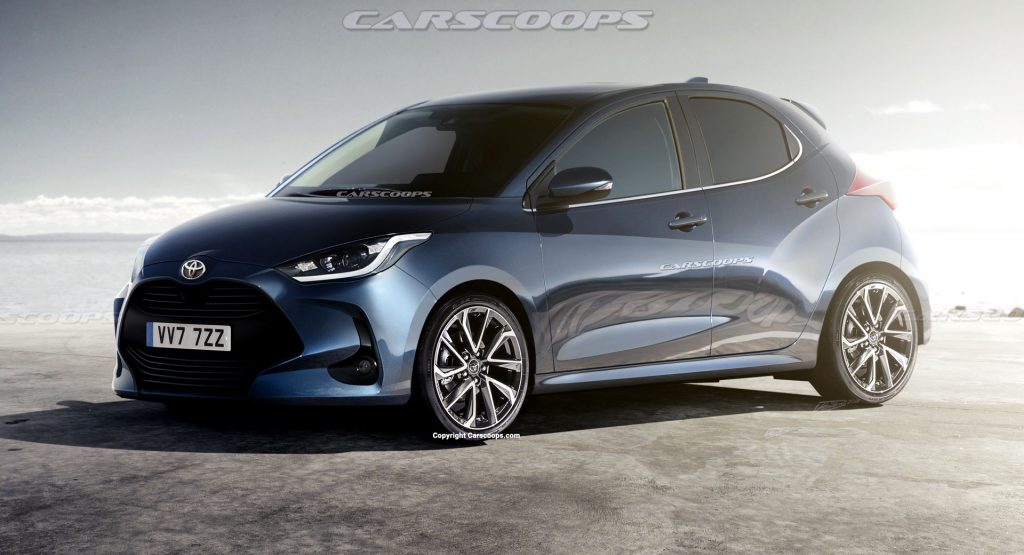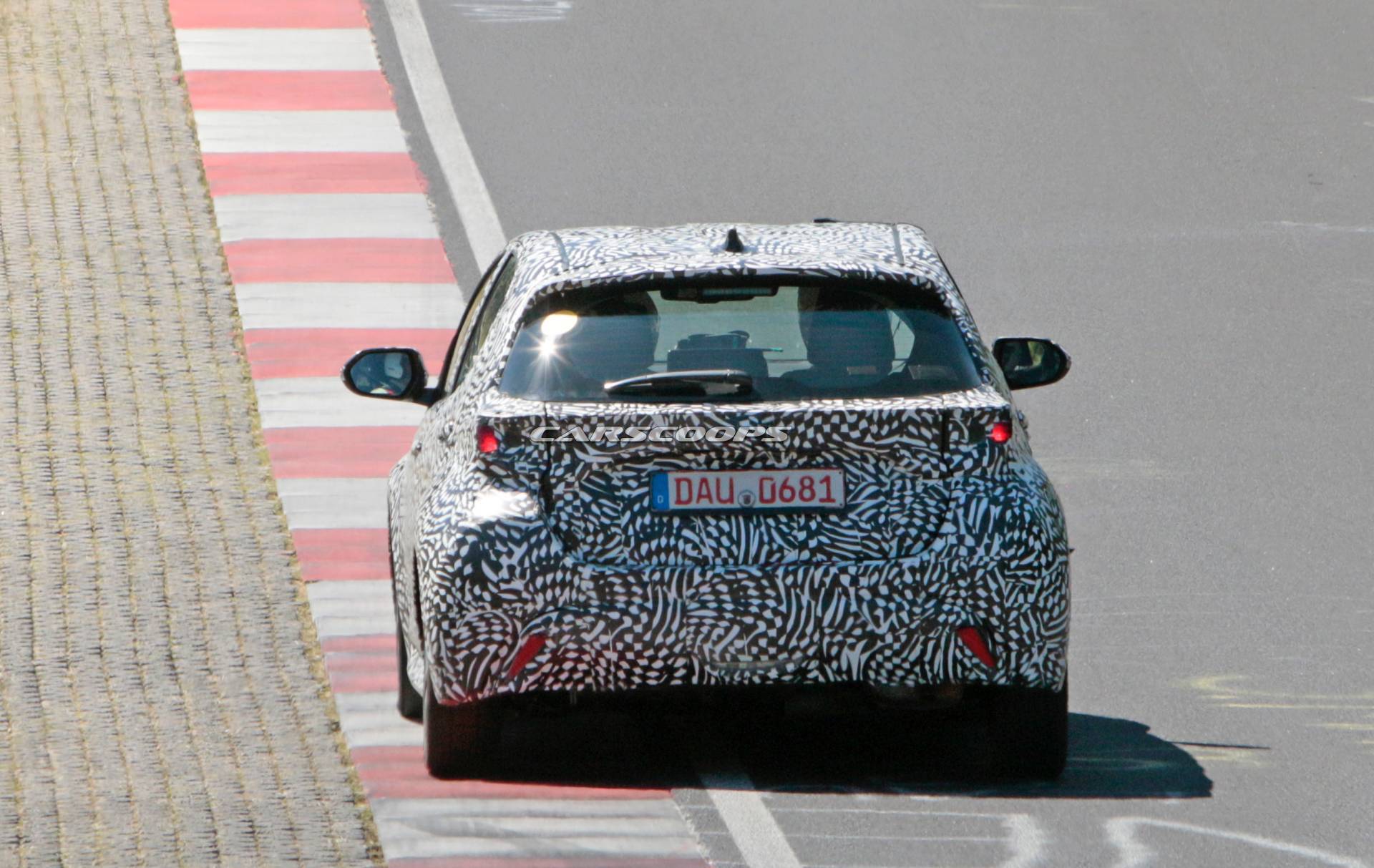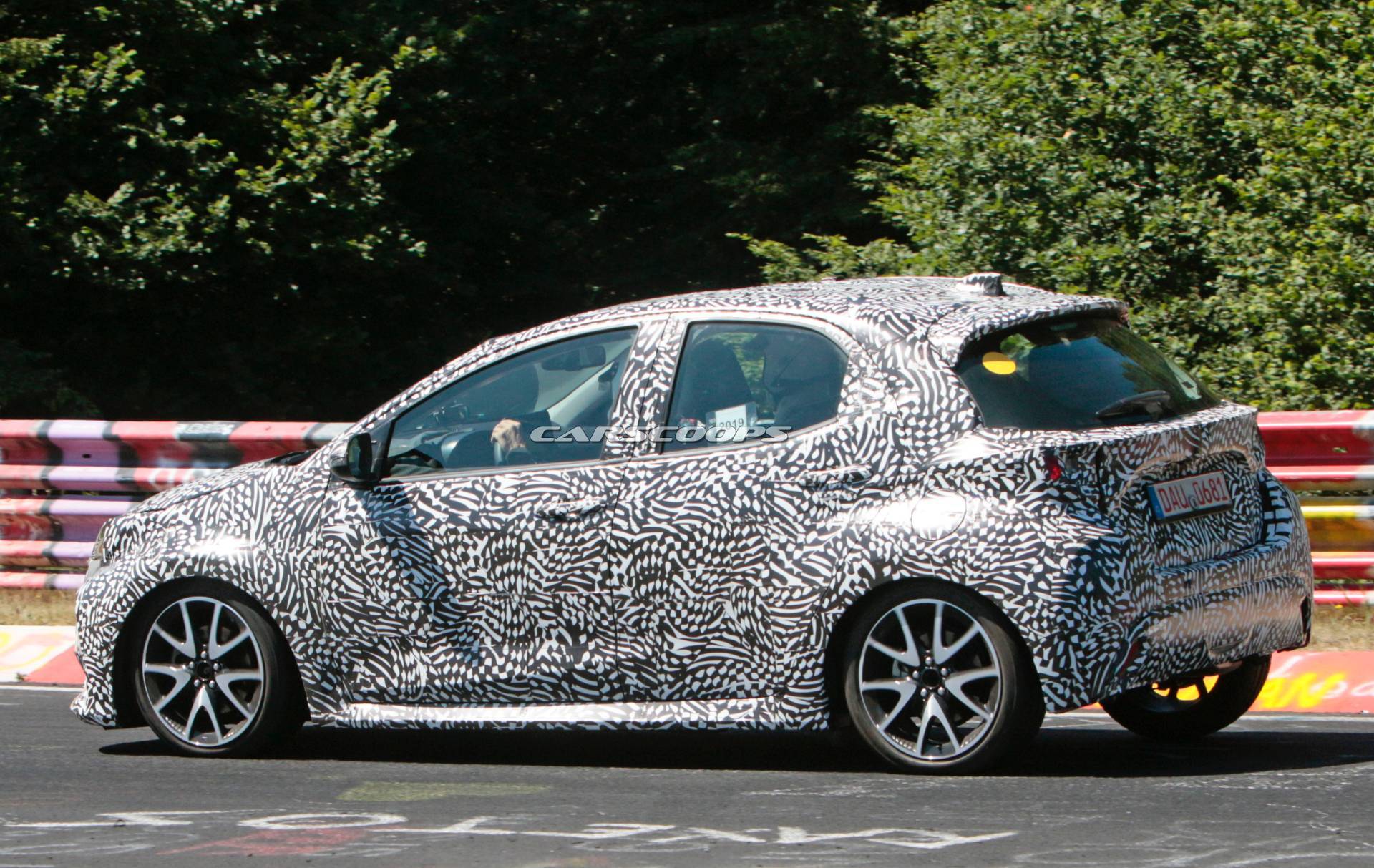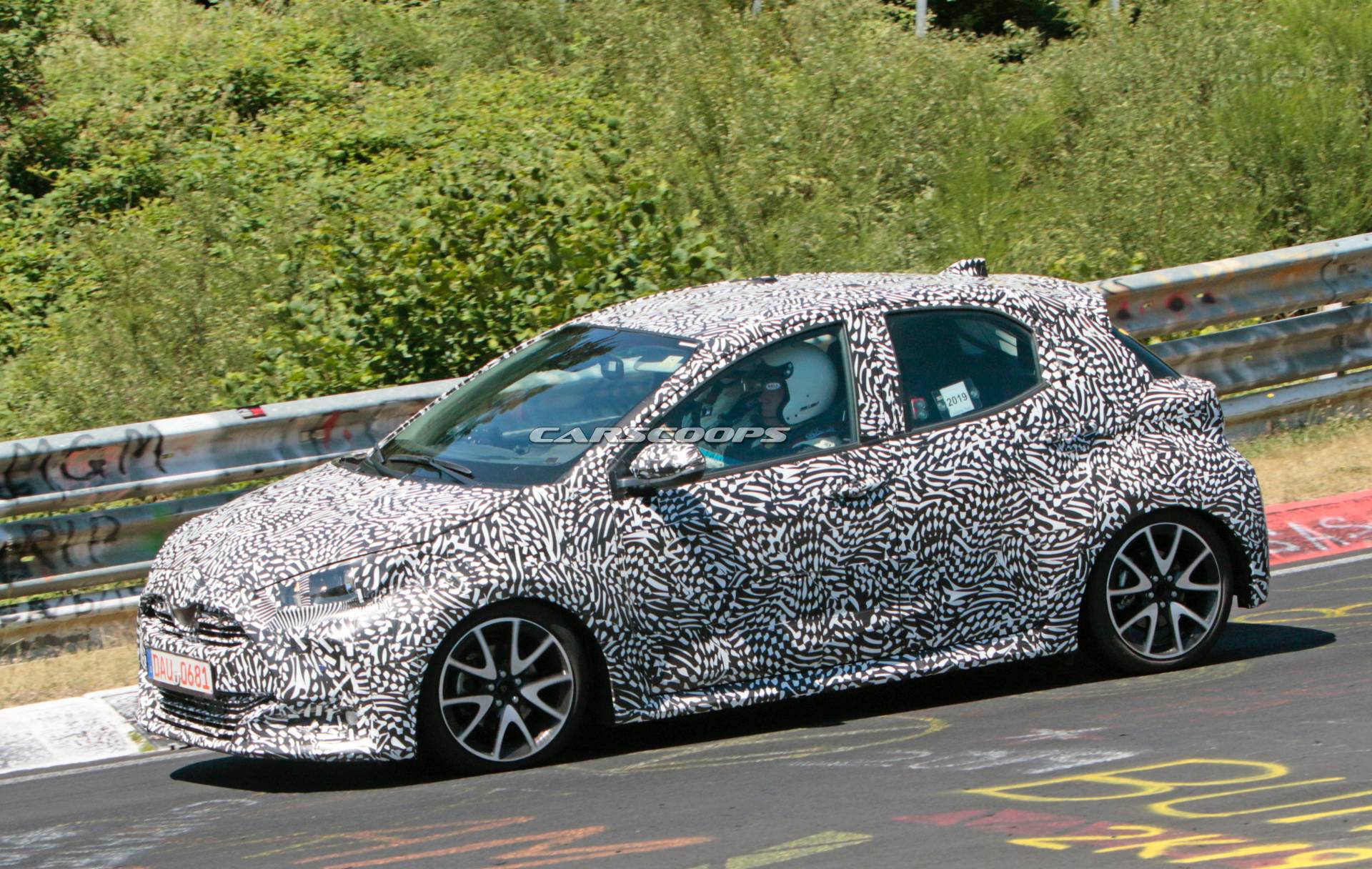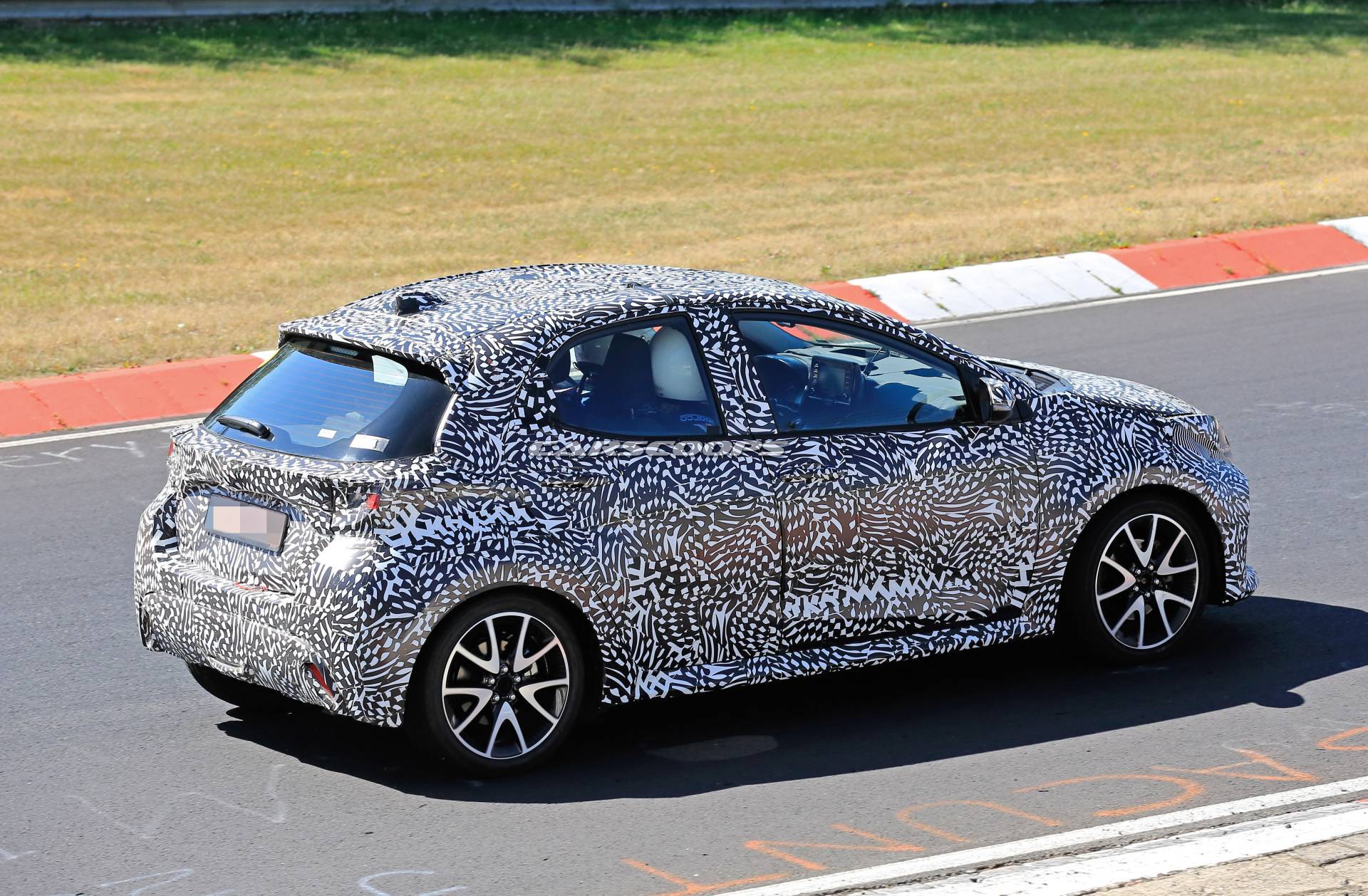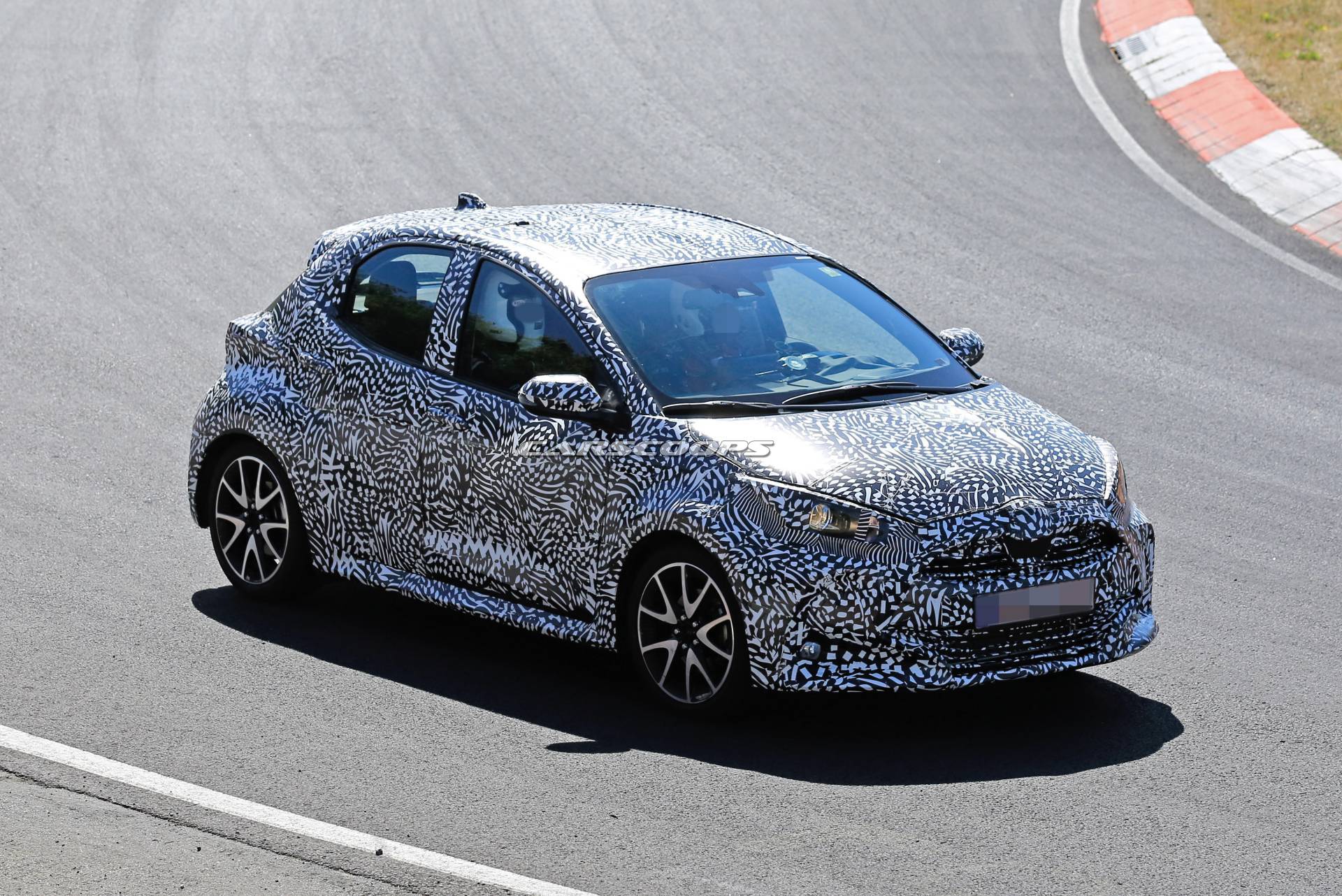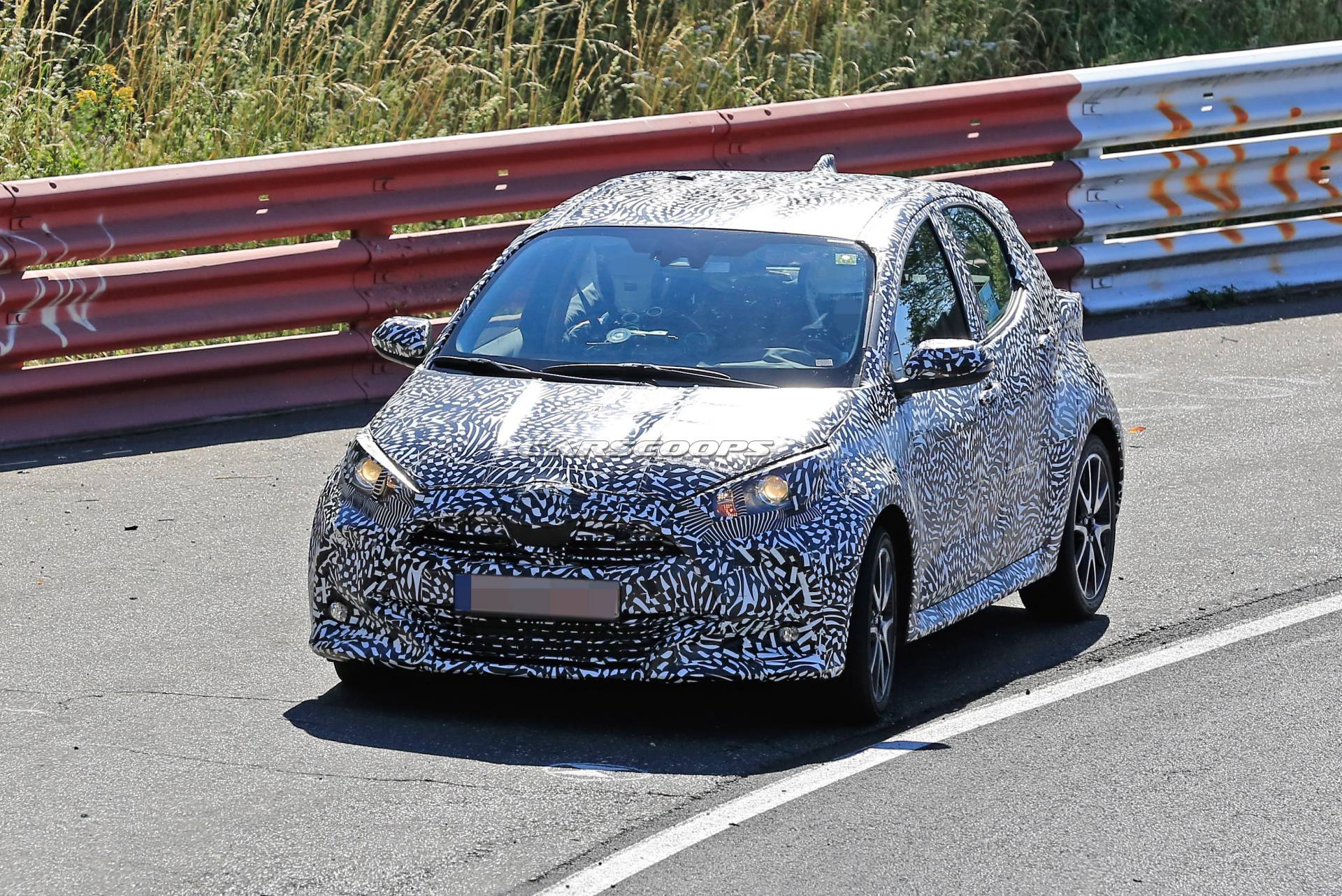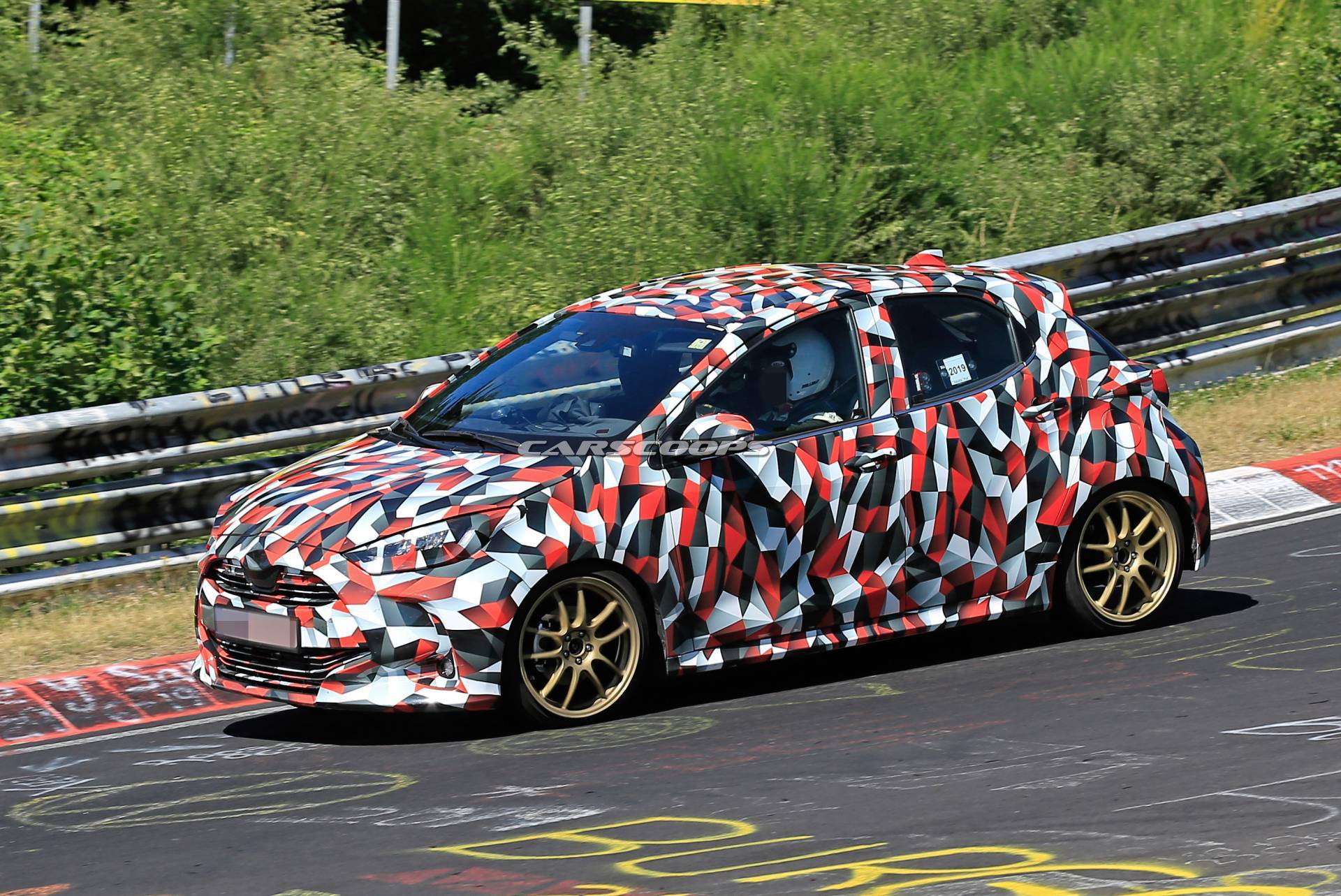Toyota’s Euro and Asian market Yaris is an interesting kettle of fish; affordable, cheerful but not so much fun behind the wheel. Supermini’s like Ford’s Fiesta and Volkswagen Polo have it licked for driving pleasure and sheer appeal. Luckily for Toyota fans this could all about to change with the Japanese carmaker putting the finishing touches on its all-new, TNGA-based replacement for European and Asia Pacific regions. About time you say?
But before we proceed, we should point out that the Euro and Asia-Pacific specification Yaris is a completely separate model from the just-introduced North American 2020 Yaris that is based on the Mazda2 sub-compact.
With that out of the way, let’s dig into to what we can expect and illustrate the spy-shot camouflage to reveal exactly what (Toyota’s) 2020 Yaris will look like.
Vibrant New Design
Like a cross-eyed small animal that’s been punched in the face, the current Yaris is certainly no beauty. Luckily for 2020, things get a lot better with more cohesive styling and staunch proportions.
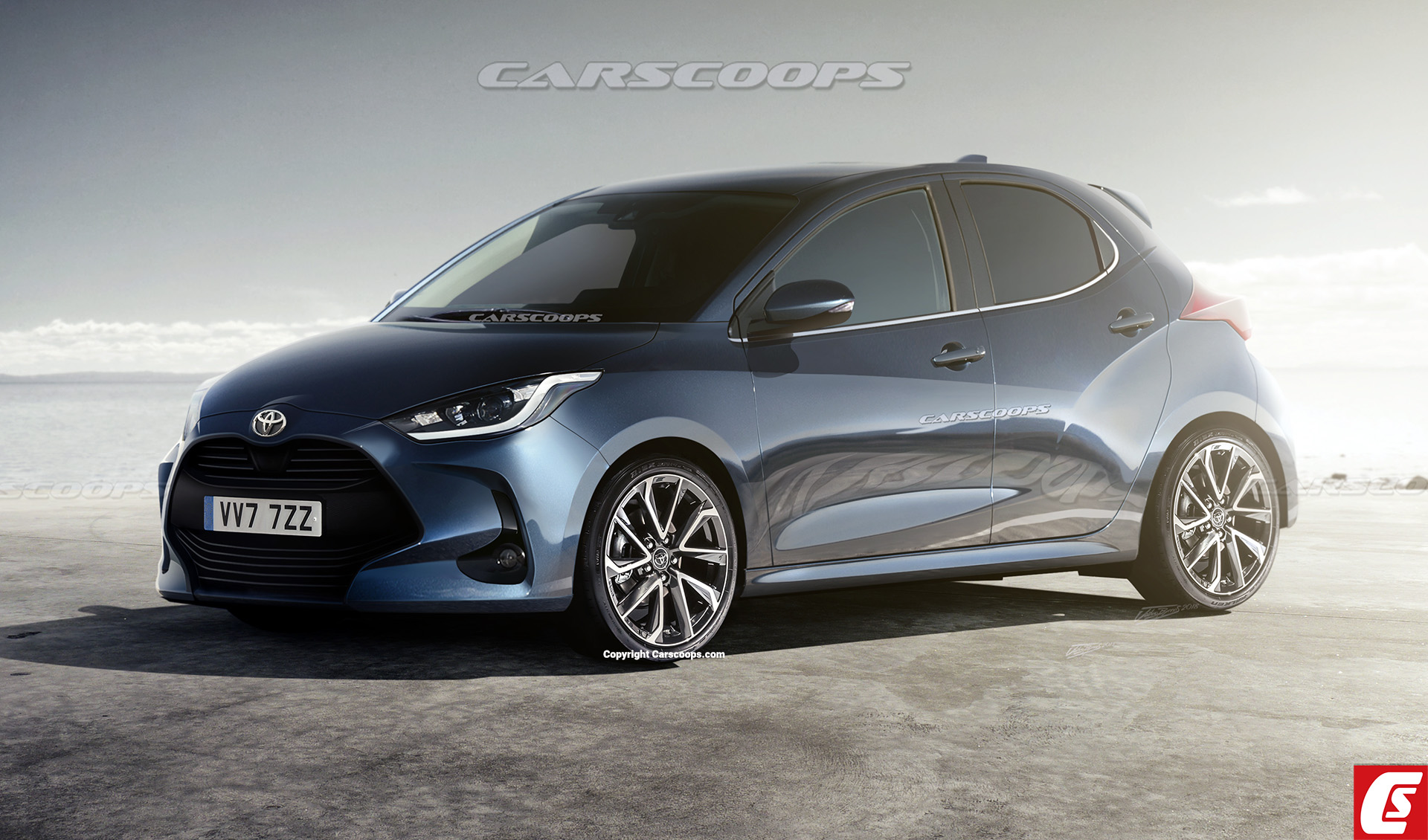
Photo Renderings Copyright Carscoops / Josh Byrnes
At the front, there’s a large, cascading grille (not too dissimilar to that on Hyundai’s Veloster), with curvy fog-light housings and dynamic LED headlights. Where it gets interesting is within the expressive side profile, with the short rear doors almost exuding a cartoonish look and a straight, downwards crease starting from the front fender towards the b-pillar.
Contrastingly, a radial crease works its way upwards over the rear wheels into the full-width taillights. A high-mount diffuser panel and large rear window finish off what is a more eye-catching appearance than the current model.
Under The Skin
The Yaris is one of the last Toyota passenger cars to migrate onto its TNGA architecture. This move will yield big benefits in terms of increased refinement, occupant safety, and handling agility.
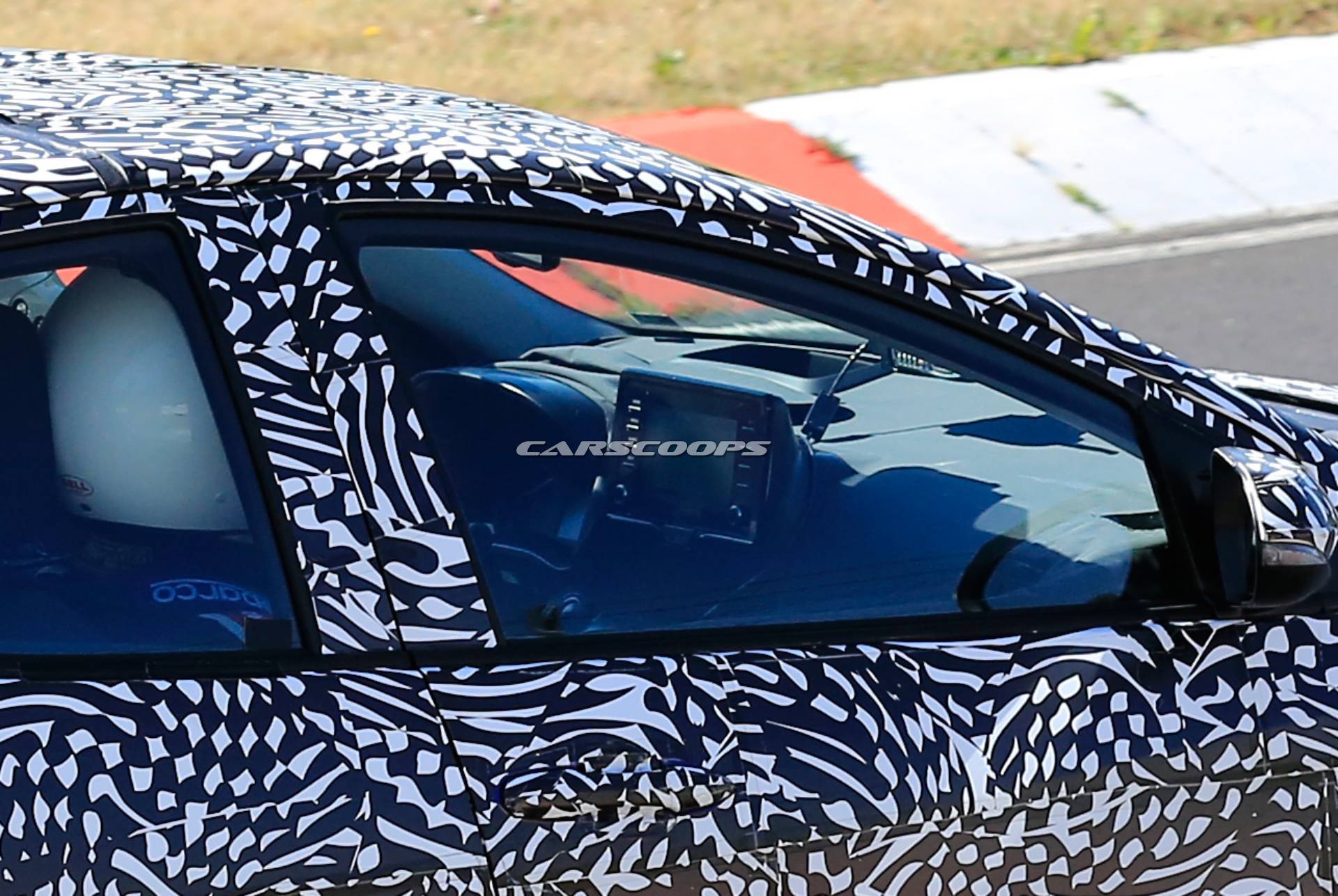
Occupants will be treated to a thoroughly contemporary, high-quality interior with clever packaging and connectivity. A central-mount touchscreen echoes that found in RAV4 and Corolla, will offer a heads-up display for the first time. Other goodies include Qi wireless charging, Apple CarPlay, and Android Auto.
We expect Toyota’s Safety Sense 2.0 suite of driver assists to be standard, these include; Pre-collision with pedestrian detection, lane departure warning with steering assist and road edge detection, radar cruise control with stop & go, lane tracing aid, auto high beam assist, and road sign recognition.
Hybrid Assistance
Ok, it might not be fully-electric, however, the big news is there will be a hybrid option. We’re unclear which combination of petrol-electric motors it’ll get; likely bet is that it’ll either be mated to a 1.2-litre turbo or a 1.8-litre petrol four-cylinder putting power to the front wheels via a continuously variable transmission.

Expect the non-hybrid 1.2-litre, turbocharged four to serve as the main engine choice, while some markets might see larger displacement units and diesel options. A GR Sport variant (prototype pictured above testing on the Nurburgring) is also in the works, although it’s unclear if it’ll receive a large bump in power.
Alternatives And Launch Timing
The Yaris will be released at a time when its rivals have recently undergone, or are on verge of being completely revamped. These rivals include Hyundai’s upcoming i20, the Volkswagen Polo, Ford Fiesta, Opel/Vauxhall Corsa, Renault Clio, Suzuki Swift, Honda Jazz/Fit, Peugeot 208, Mazda 2, and Kia Rio.
An official presentation will come this October at the Tokyo Motor Show (in JDM specification), with European versions tipped to bow shortly after, possibly making their first public appearance at the Geneva Motor Show next March.
What are your thoughts on the all-new Yaris and should it come to North America? Tell us in the comments below.




